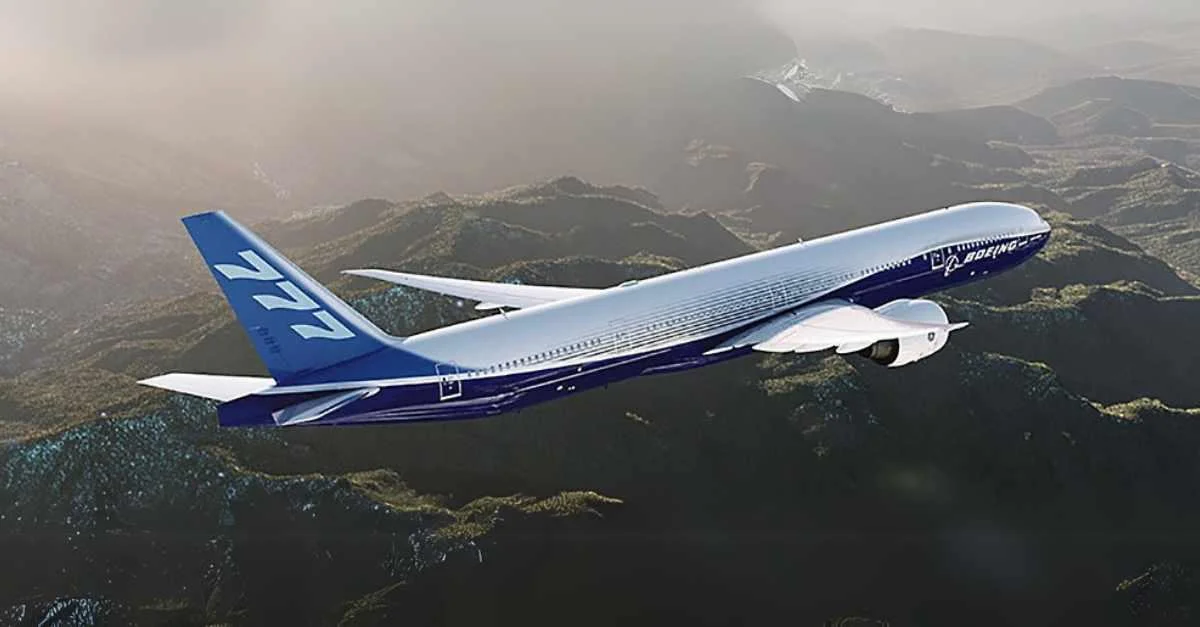The Boeing 777-300ER is a prominent aircraft in the fleets of various North American airlines, including American Airlines, United Airlines, and Air Canada. Each airline utilizes unique cabin configurations for their Boeing 777-300ER aircraft to meet different service requirements.
United Airlines is the largest North American operator of the Boeing 777-300ER, boasting a fleet of 22 aircraft. The airline's business class features two cabins with 60 open suites arranged in a 1-2-1 layout. Behind it lies the premium economy cabin with 24 seats arranged in a 2-4-2 configuration. The economy class, consisting of 266 seats, follows a 3-4-3 configuration. United Airlines uses these aircraft for diverse routes, including services from San Francisco International Airport to destinations like Hong Kong and Manila, as well as from Newark to Dubai and Frankfurt.
American Airlines operates 20 Boeing 777-300ERs, each configured to hold 304 passengers across three classes—first class, business class, and premium economy. The first class is arranged in a 1-2-1 setup, while business class follows the same configuration but with different seat dimensions. The premium economy uses a 2-4-2 format, and economy class is arranged in a 3-4-3 setup. The airline also offers a variant accommodating 330 passengers by expanding business, premium, and economy classes.
 Alerts Sign-up
Alerts Sign-up








